Product
- Home
- Product
OPINONE
Accounting & Finance
Integration: All financial data is collected in a single system, ensuring consistency and accuracy.
Automation: Accounting processes are automated, error rates are reduced and efficiency is increased.
Real-Time Data: Decision-making processes are accelerated with instant reporting and analysis.
Cost Control: Expenses and incomes are easily tracked and costs are optimized.
Legal Compliance: Tax and legal reporting are automated, auditing processes are facilitated.
Cash Flow: Cash flow is managed more effectively with receivables and payables tracking.
Security: Financial data is kept secure, unauthorized access is prevented.
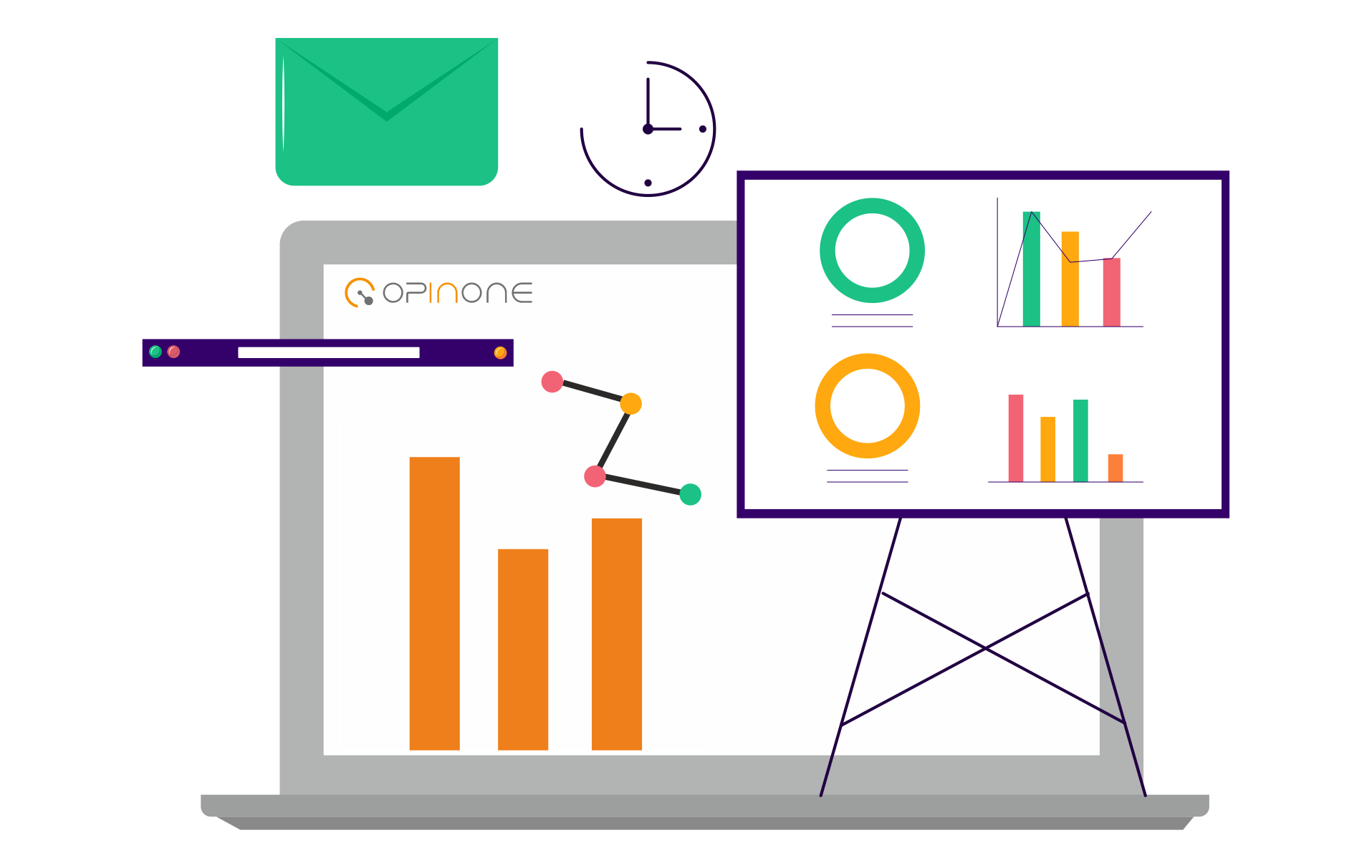
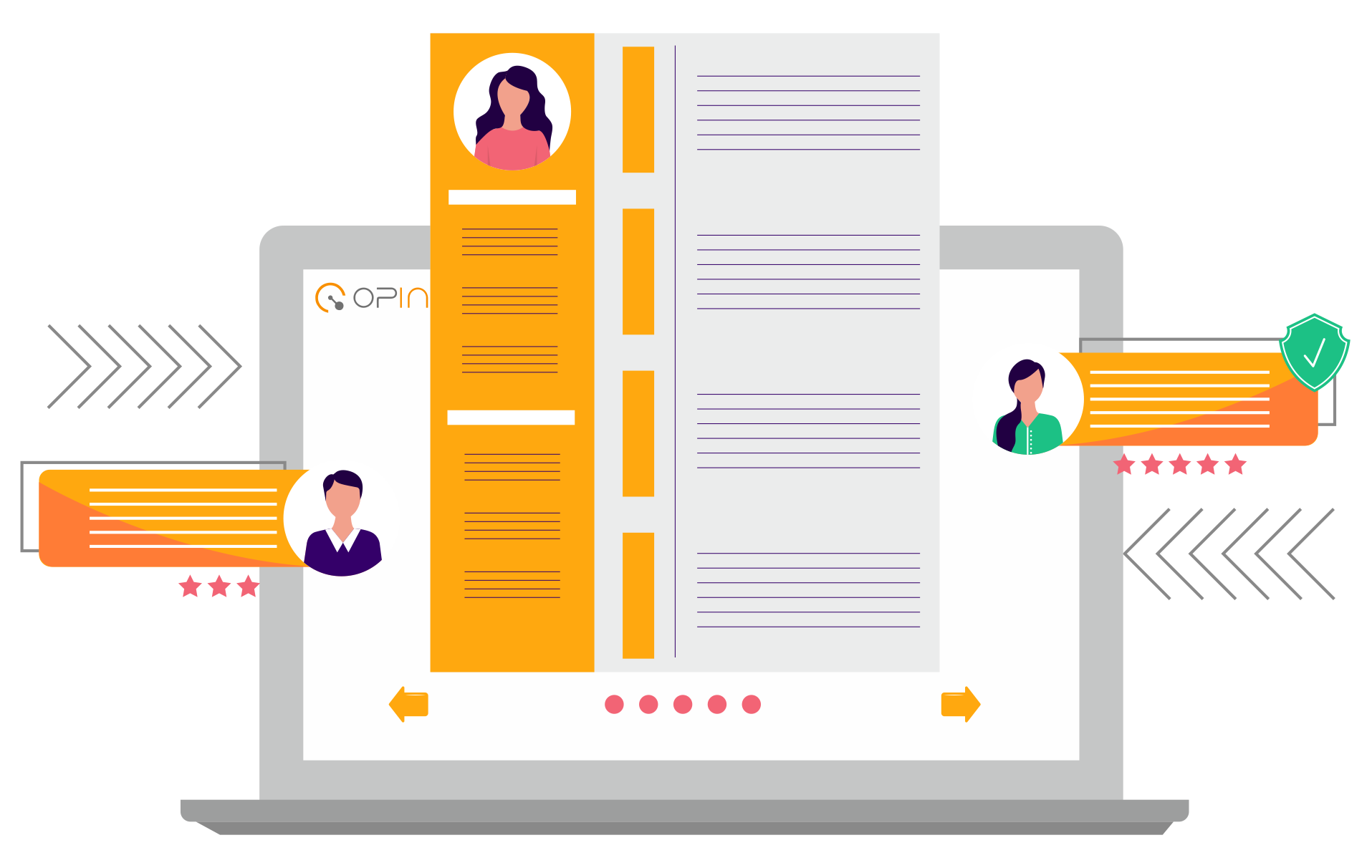
Human Resources
Central Data Management: All employee information is collected in a single system, providing up-to-date and consistent data.
Automation: Processes such as payroll, leave tracking, and performance evaluation are automated, saving time.
Personnel Management: Recruitment, training, career planning, and promotion processes are managed more effectively.
Performance Analysis: Employee performance is easily monitored and evaluated, and goals are met.
Legal Compliance: Legal requirements regarding labor law and employee rights are automatically monitored.
Cost Control: HR costs (salary, bonus, training, etc.) are better managed and optimized.
Employee Satisfaction: Fast and transparent HR processes increase employee satisfaction.
OPINONE
Product and Stock
Stock Tracking: Real-time stock levels are monitored, preventing excess or deficient stock problems.
Automation: Processes such as stock entry-exit, order management and inventory counting are automated.
Supply Chain Management: Suppliers and order processes are managed more effectively, delivery times are shortened.
Cost Control: Stock costs and storage expenses are optimized.
Product Life Cycle: Product supply, production, storage and sales processes are easily tracked.
Reporting and Analysis: Detailed reports are produced on stock movements and product performance.
Customer Satisfaction: Thanks to correct stock management, orders are met on time and customer satisfaction increases.
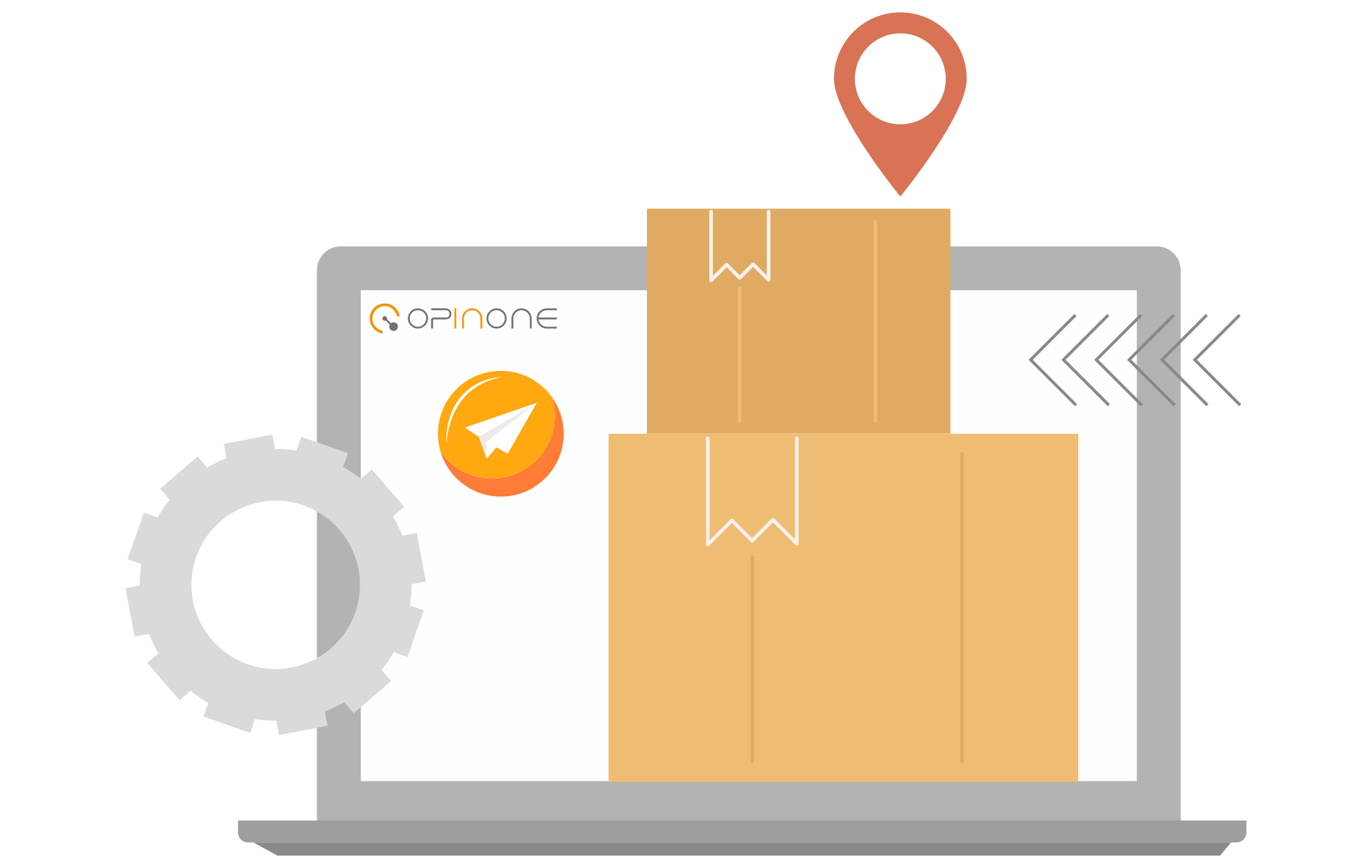
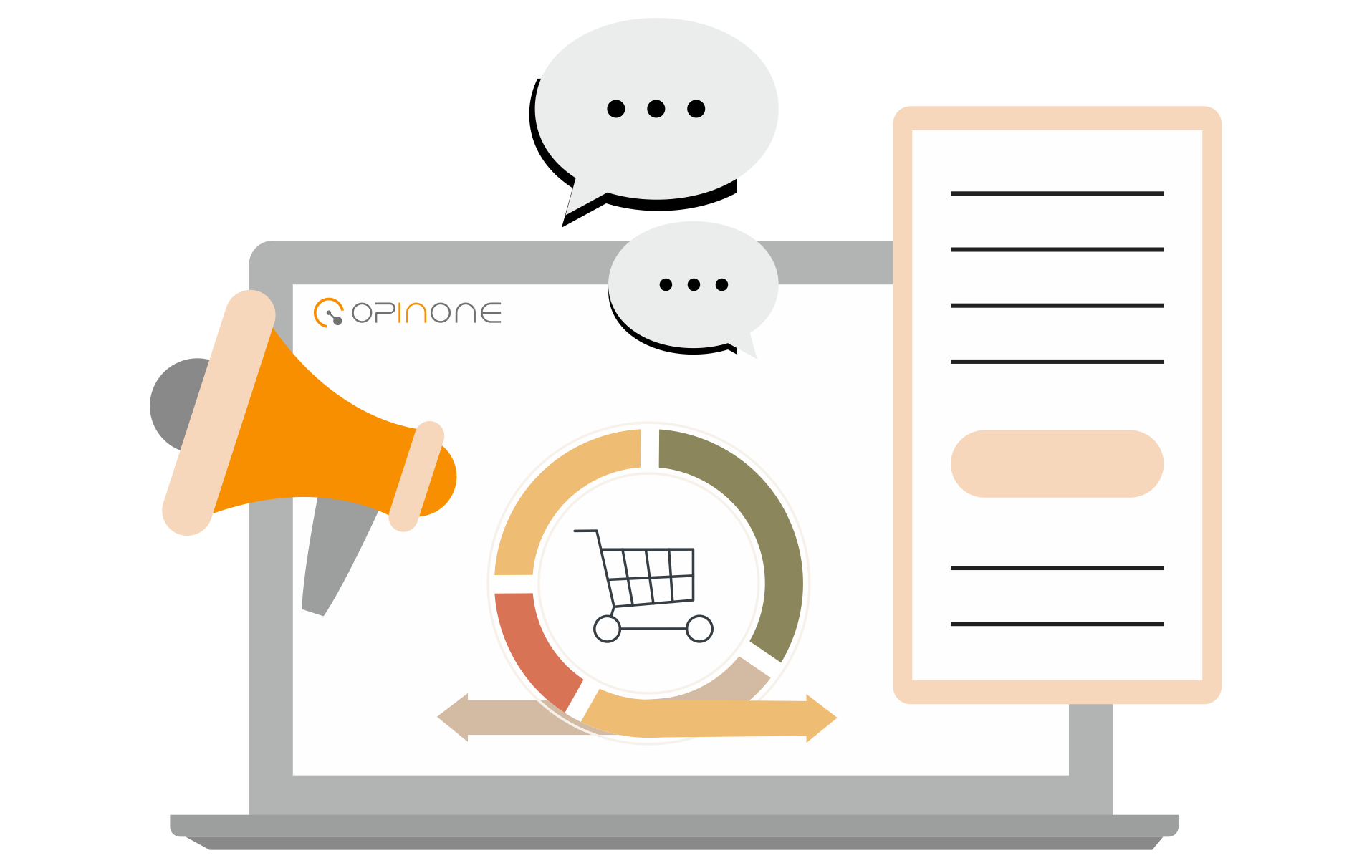
Sales & Marketing
Customer Relationship Management (CRM): Customer information, sales history and interactions are collected in a single system, customer satisfaction increases.
Sales Process Automation: Processes such as proposal preparation, order management and invoicing are automated, productivity increases.
Real-Time Data: Sales performance and marketing campaigns are monitored instantly, decisions are made quickly.
Marketing Analysis: Campaign effectiveness, customer behavior and market trends are easily analyzed.
Stock and Order Integration: Sales teams see stock status in real time, orders are met quickly.
Revenue Tracking: Sales revenues and collections are managed more effectively.
Reporting: Detailed reports on sales and marketing performance are produced, strategic planning becomes easier.
OPINONE
Purchasing
Supplier Management: Supplier information, performances and contracts are centralized in a single system.
Automation: Purchasing requests, order processes and invoicing are automated, error rates are reduced.
Cost Control: Purchasing costs and budget tracking are facilitated, savings are achieved.
Stock Integration: Stock levels are monitored in real time, unnecessary or missing orders are prevented.
Order Tracking: Order status and delivery processes are easily tracked.
Reporting and Analysis: Purchasing performance, supplier comparisons and cost analyses are reported in detail.
Legal Compliance: Purchasing processes are managed in accordance with legal regulations.
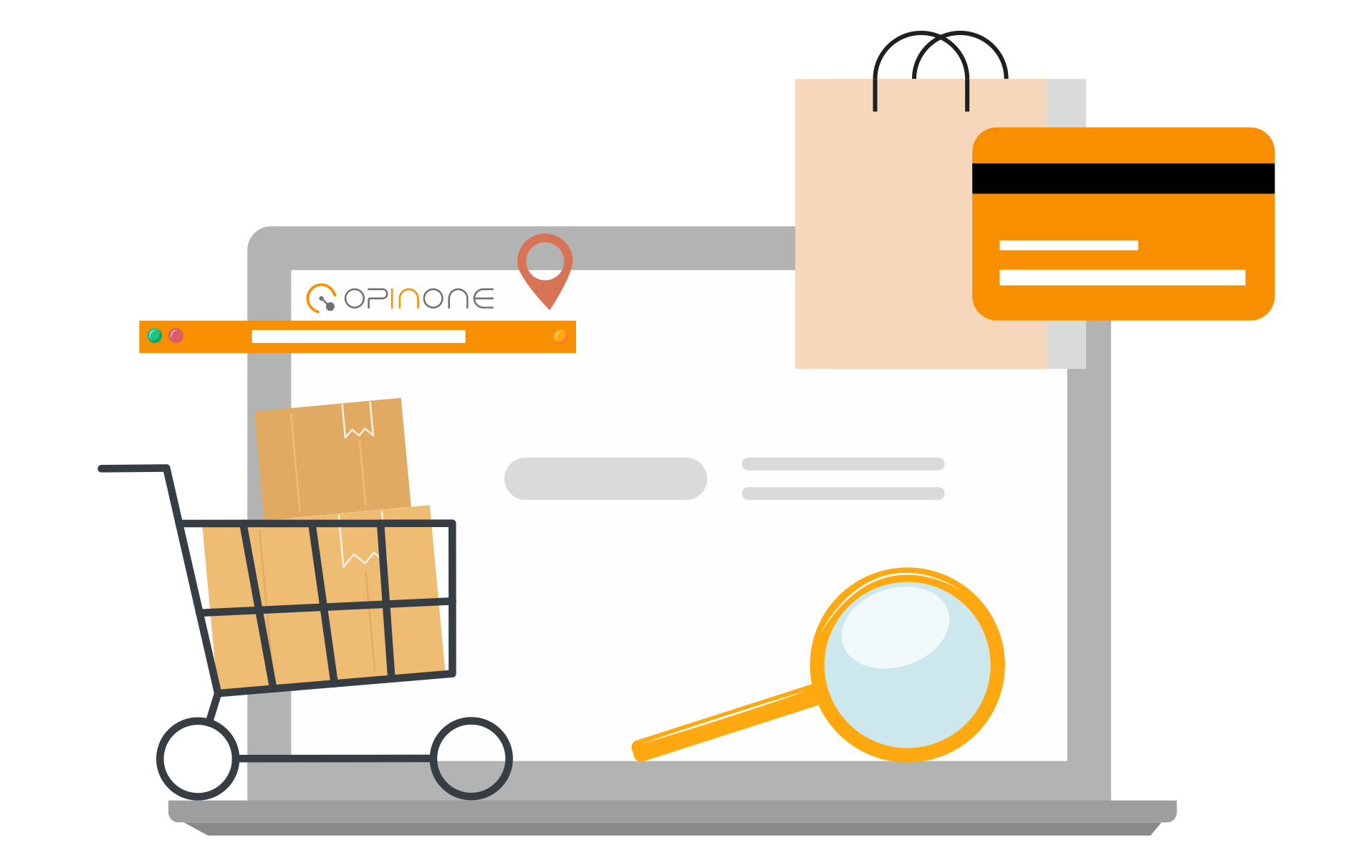
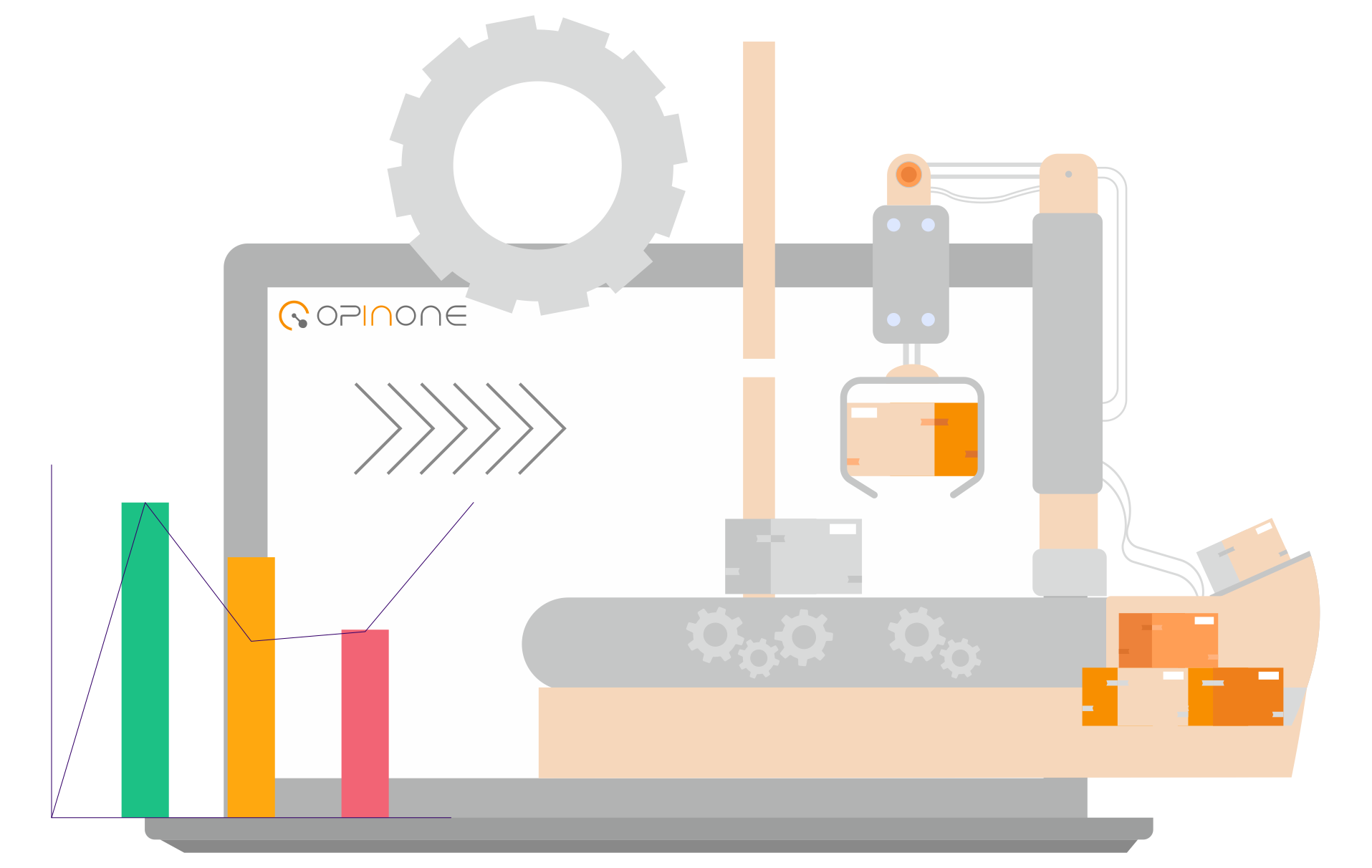
Production
Planning and Scheduling: Production planning and work orders are automated, resource usage is optimized.
Stock and Material Management: Raw materials and semi-finished products are tracked in real time, shortages are prevented.
Process Monitoring: Production stages are monitored instantly, efficiency is increased.
Cost Control: Production costs are tracked in detail, costs are reduced.
Quality Management: Quality control processes are integrated, compliance with standards is ensured.
Maintenance Management: Machine and equipment maintenance is planned, downtime is reduced.
Reporting and Analysis: Production performance, efficiency and cost analyses are reported in detail.
OPINONE
Retail
Stock Management: Store and warehouse stocks are tracked in real time, preventing missing or excess stock problems.
Sales and Payment Integration: Integration with point of sale (POS) systems is provided, sales processes are accelerated.
Customer Relations: Customer information and sales history are collected in a single system, personalized service is provided.
Automation: Processes such as order management, billing and inventory counting are automated.
Cost Control: Purchasing, stock and operational costs are managed more effectively.
Reporting and Analysis: Sales performance, stock movements and customer behaviors are reported in detail.
Multi-Channel Management: Online and physical store operations are integrated, customer experience is improved.
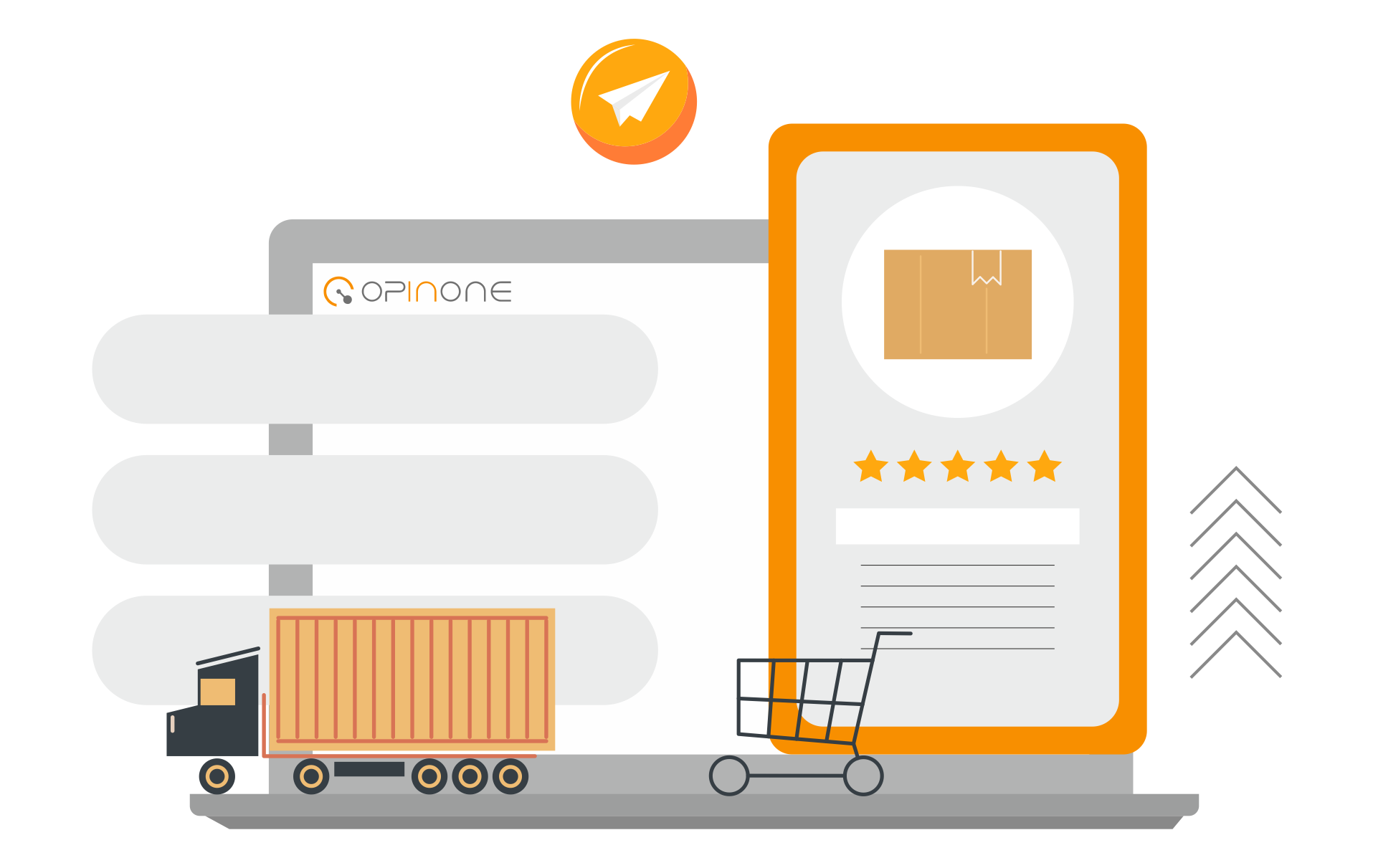
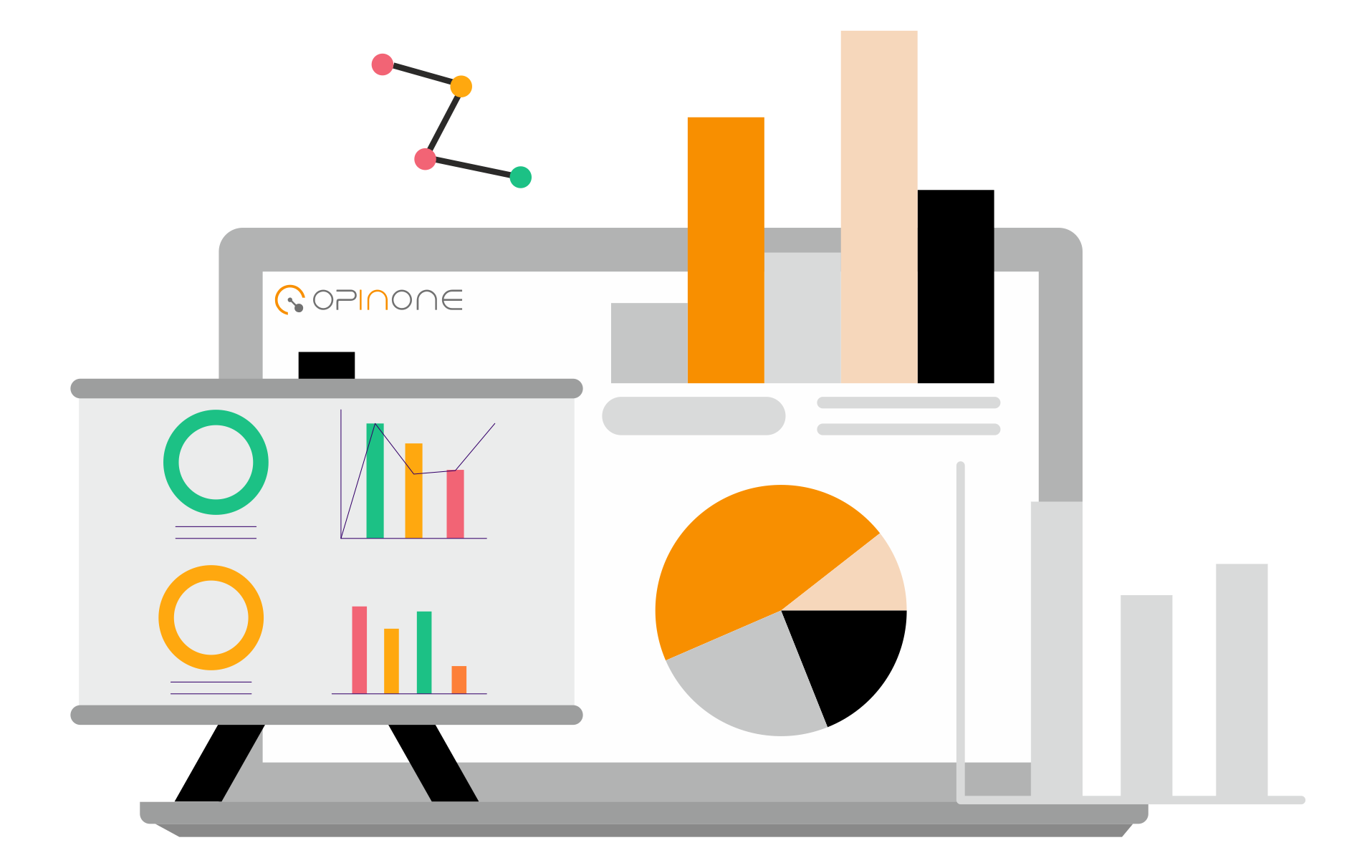
Company Reports
Centralized Data: Data from all departments are collected in a single system, providing consistent and up-to-date information.
Real-Time Reporting: Provides instant access to financial performance, sales, inventory and operational data.
Comprehensive Analysis: Strategic decision-making processes are supported with detailed reports and customizable dashboards.
Automation: Reports are created automatically, manual errors are reduced and time is saved.
Performance Monitoring: Performance metrics across the company are easily monitored, and targets are met.
Cost and Revenue Analysis: Revenues, expenses and profitability are analyzed in detail.
Legal Compliance: Financial and operational reports are prepared in accordance with legal requirements.
